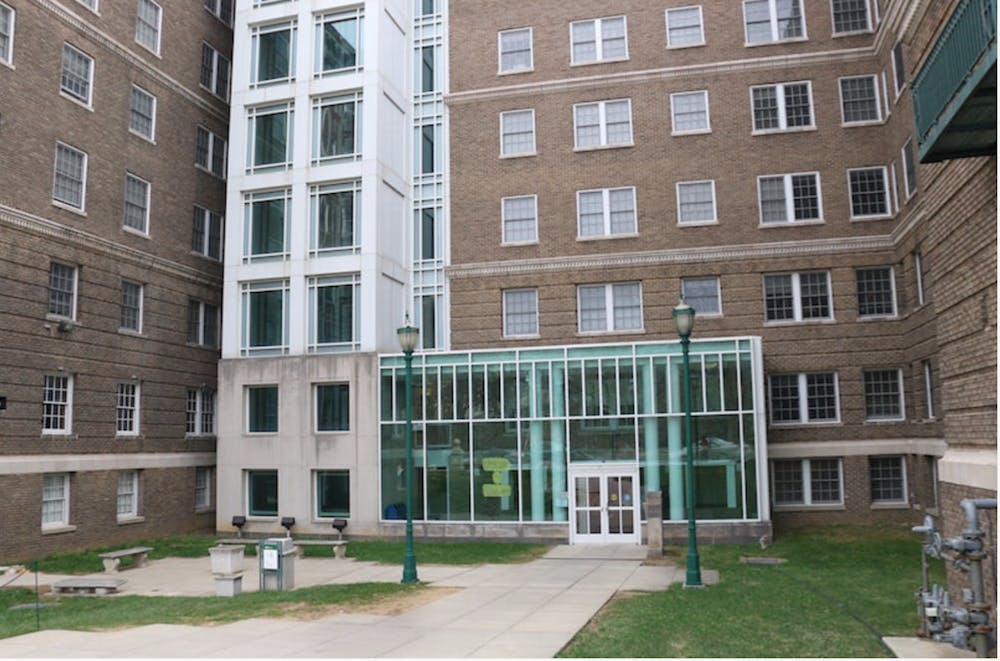Baltimore police investigated what turned out to be a false “unconfirmed threat” at Homewood Apartments on Nov. 11. Residents were encouraged to stay in their rooms and police temporarily blocked off 29th Street between St. Paul Street and N. Charles Street to search the building.
Homewood Apartments resident Aryan Dugar walked into the building as police began their search. He described the experience in an email to The News-Letter.
“While I was clueless about the ongoings initially, seeing the cops — and helicopter circulating around the building — was a bit panic-inducing,” he wrote. “When I eventually learnt about the Rave Alert, I was definitely more frightened about the possibilities and was unsure of how to act.”
In an email to The News-Letter, Homewood Apartments resident Jadniel Varela was critical of how little detail the notification provided.
“[The Rave alert] honestly didn't answer any questions that couldn't have been deduced from all the police being here; it was vague, late to notify, and didn't give any instructions or recommend any precautions,” he wrote. “For all those reasons I didn't take it that seriously and didn't have any feelings of worry or panic.”
Residents were informed about 30 minutes after the first alert that no threat was found, but the second alert did not specify any further information.
Vice President for Communications Andrew Green explained in an email to The News-Letter that the threat was directed at Homewood Apartments and other buildings on campus.
“Tonight Johns Hopkins Public Safety received an unconfirmed threat to the off-campus Homewood Apartments as well as several administrative buildings on its Homewood campus that proved unfounded,” he wrote.
The threat was similar to a recent string of false threats at other universities.
“While the threat matched the profile of numerous false threats made to universities around the country, JHU in coordination with the Baltimore Police department acted out of an abundance of caution to conduct a thorough search of the buildings,” he wrote.
On Nov. 11, buildings at New York University, the Massachusetts Institute of Technology and the University of Southern California were evacuated due to bomb threats. A few days earlier, threats were made at Columbia University, Brown University and Cornell University.
These threats were attributed to a trend called “swatting,“ where anonymous threats are made in hopes of prompting the deployment of a special weapons and tactics team.
Varela felt that the University should have shared more information with students.
“I feel like that info should be have been clearly told to students since the second rave alert only implied it was a false threat,” he wrote.
Dugar was glad the police investigated despite no threat being found.
“I am grateful that the police conducted a thorough-going investigation despite the possibility of it having been a false threat (in the context of similar cases in other universities),” he wrote.





